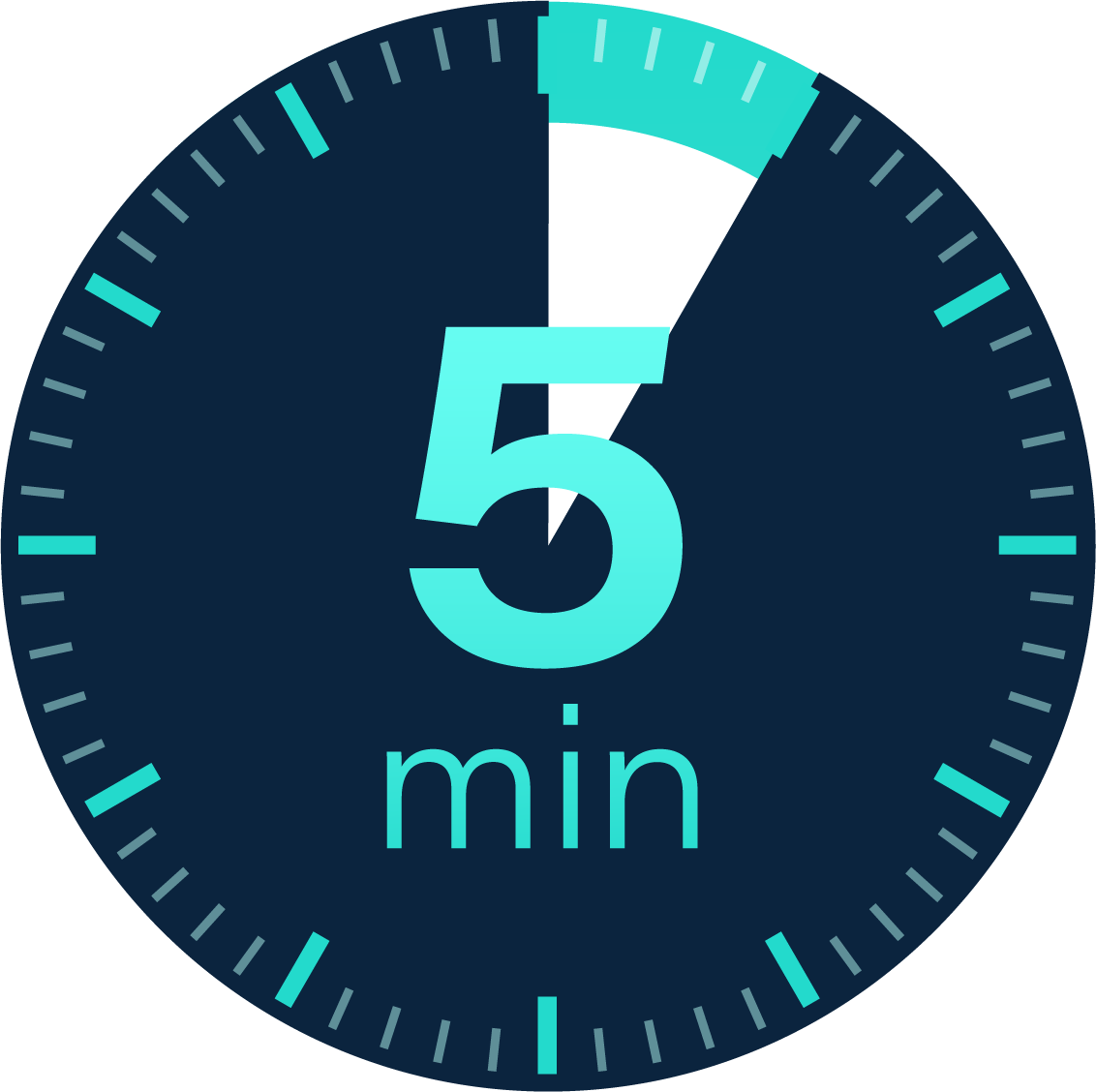Home » Everything You Need to Know About Lead Response Time
Response times to inbound leads has always been a critical factor for conversion rates.If you are not on the phone with your leads, your competitors are. Lead response time can make or break a team’s success.
Businesses need to invest in processes, personnel and technology to ensure a frictionless customer experience. That’s why finding the right combination will directly impact your lead response time and in turn your bottom line.
Lead response time refers to the amount of time a business takes to follow or respond to a lead that has reached out to the company through their website, email, phone call, or a filled form.
However, response time goes beyond just responding to an inbound lead. It’s a complex process surrounding everything to do with a business’s ability to follow up through proper channels with the right message, well-created content, and at the right time.
Response time matters, but unfortunately, most businesses operating in the B2B space don’t realize how critical it is to the success of their businesses.
In fact, sadly, studies show that the average response time of these companies is a whole 42 hours. What’s worse is that almost half these firms take up to five days to respond to inbound leads, and about 58% never even follow up.
Without a doubt, learning the importance of responding quickly to leads can help B2B companies do better and avoid losing the billions of dollars spent on marketing with no conversion.
According to experts and data from studies, lead response time is critical for the following reasons:

You Have 5 Minutes to Respond to a Lead. Unfortunately, not many organizations have lead generation tools and processes to help achieve this.
In fact, according to a study by Drift, only 7% of the companies surveyed are making it to respond to an inbound lead within five minutes or less.
If you’re to qualify a lead successfully, and especially in competitive industries, strive to be the first firm that makes contact.
Several studies show that the likelihood of a customer buying from the business that responds to the lead first is very high. For example, a survey by Lead Connect shows that 78% of customers will consider the first responder.
In psychology, this phenomenon is known as the serial-position effect which is the tendency of a person to recall the first and last items in a series best, and the middle items worst. It’s easier to go for first.
Today, lead response time is the number one determiner of successful contact and conversions for sales teams. The longer your business takes to respond to a lead, the lower the chances you’ll close a deal with the prospect.
Some time back, a study in the Harvard Business Review revealed that if a sales rep responds to a lead within an hour, they are seven times more likely to have a fruitful conversation with the lead. The study also revealed that sales teams are likely to qualify a lead 60 times more if they had this conversation instead of waiting 24 hours.
Surprisingly, things have evolved, and lead response time is even shorter today. According to a recent survey, the optimal lead response time is now five minutes.
Therefore, you need to act fast and make contact within five minutes to engage a lead successfully.
Additionally, inside sales indicate that within five minutes of contact from an inbound lead, you’re 100 times more likely to get in touch, unlike if you waited 30 minutes. You see, within that period (of five to thirty minutes), the chances of your sales rep qualifying a lead drop substantially.
The science behind optimum lead times is clear.
Improving your lead response times requires a balanced approach that blends team readiness, streamlined processes, and constant monitoring. Training your team to handle initial inquiries swiftly is crucial; consider providing them with prepared scripts and frequently asked questions. Role-playing exercises can also sharpen their skills, making them more adept at quick, effective responses.
Internally, it’s beneficial to have a well-defined lead-routing strategy that immediately channels leads to the most appropriate sales representative. You can also pre-prepare a library of template responses to common queries, enabling your team to personalize and dispatch replies faster. Identifying peak periods for inquiries can help you allocate staffing resources more efficiently, ensuring quicker responses when they’re most needed.
Continuous monitoring through real-time analytics allows you to keep a pulse on your team’s performance and identify areas for improvement. This data can help you refine your strategies, whether by recognizing bottlenecks or adjusting staffing levels. Finally, feedback mechanisms like post-interaction surveys and internal team feedback can offer insights into how well you’re doing and where you can improve.
By integrating these elements, you’ll not only improve lead response times but also enhance conversion rates and customer satisfaction, ultimately leading to a more robust demand generation and creation strategy.
There are several tools available in the market to help reduce lead response time and increase ROI. Some of the best tools include:
Lead response time is critical to every business. To minimize lead response time, try aligning sales and marketing and employing the tools mentioned above. In addition, put in place efficient qualification and prospect grading processes.
These strategies will help reduce your response times and increase your conversions. Soon, you’ll be among the small percentage of industry powerhouses that have learned the secret behind lead response time management and acted accordingly.